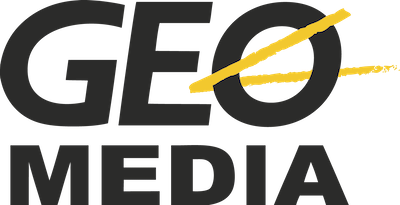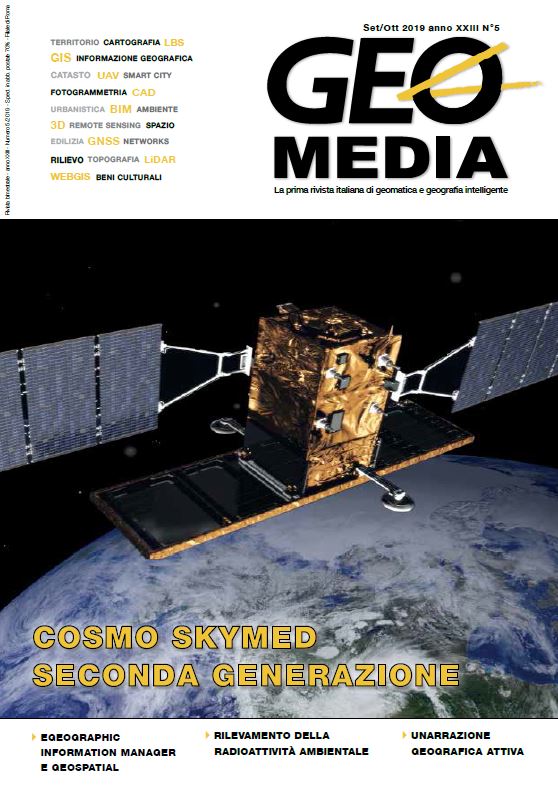L'AEROFOTOTECA NAZIONALE RACCONTA....Come nasce un'industria di guerra strategica? Il caso della SLOI di Trento
Parole chiave:
FOTOGRAFIA AEREA, SLOI, TRENTO, GUERRA STRATEGICAAbstract
Some time ago I came across a "singular story" and I tried to analyze it using indicators, I hope sufficiently
neutral, to compare the congruity of the events compared to the story told by the SLOI of Trento,
in which from 1939 to July 1978 Lead-Tetra–Etyle was produced -Etile (TEL, TetraEthyl Lead) as
antiknock, used in fuels for military aviation before and for civil use after the end of the second world war.
TEL, once mixed with a halogenated derivative of ethylene ('scavenger' required to ensure the mechanical
integrity of the engine), formed the compound known as Ethyl-Fluid. A very small percentage of TEL
present in the fuel guaranteed its antiknock activity during combustion in the engine cylinder, while the
scavenger avoided the precipitation of the Lead as oxide, keeping it in an aeriform form such as Lead
halide which was eliminated with the exhaust gases.
Riferimenti bibliografici
Clair C. Patterson, Contaminated and Natural Lead Environments of Man, Archives of Environmental
Health, 11, 3, 1965, 344; Alice Hamilton et al., Tetra-ethyl lead, JAMA 84, 1925, 1481; Carlo Giavarini,
Chimica e Industria. Gli anni del Piombo, 72, 1990, 1027; Antonio Cristofolini et al., Incubo nella città ,
Trento, 1978; Antonio Reggiani, L'esposizione professionale a Piombo Tetraetile; Mario Del Dot e Antonio
Cristofolini, Piombo tetraetile, benzina e salute, Verona, 1984; Gabriel Kolko, American Business and Germany,
-1941, The Western Political Quarterly, 15, 1962, 713; Marcello Benegiamo, Bussi e la grande
chimica in Abruzzo. Un'ambizione fallita, Textus Ed., 2013.
Indagini militari:
- W.A.Eldridge, A Study of the Toxicity of Lead Tetra Ethyl, War Department - Chemical Warfare Service -
Edgewood Arsenal (Edgewood, MD), Report No. E.A.M.R.D. 29, Project No. A-10, October 5, 1924,
;
- Scientific and Technical Mobilization. Hearing before a Subcommittee of the Committee on Military
Affairs. United States Senate. 78th Congress, 1st Session S. 702 part 6, Oct. 15, 1943, 939-946.
Materiali del Tribunale militare di Norimberga (MTN-VI):
- Telford Taylor, J.E. DuBois Jr. and D.A.Sprecher et al., December 12, 1947, Preliminary Memorandum
Brief of the Prosecution, Military Tribunals, Nurnberg, United States of America against Krauch and Others,
case VI, 43; T. Taylor, Opening Statement for the United States of America, 113; 131; 157-158: ”...it is necessary
that protective measures to be taken by IG for the eventuality of war should not substantially interfere
with the conduct of business in normal times. For a variety of reasons it is of the greatest importance, for the
normal conduct of business, that the officials heading the agent firms who are particularly well qualified to serve
as cloaks should be citizens of the countries wherein they reside”.; 197-201: "Farben's sense of efficiency [...] it
decided to build its own concentration camp close to the plant site to house the inmates assigned to its construction.[...]
Monowitz was surrounded with electrically charged barbed wires, watchtowers, SS guards, etc. The
inmates living at the concentration camp Monowitz worked solely for Farben in the construction and operation
of IG Auschwitz. [...] more than sixty percent were determined to be unfit for work and were "selected” for
immediate gassing. From the remaining forty percent, the best labor was given to IGAuschwitz.
In spite of the
careful "selection”, the life span of an inmate coming to I.G. Farben Auschwitz was approximately three months.
[...] Conditions were so bad that the SS suggested
that additional hospital wards be built.[...] Farben turned
the request down on the grounds that IG Auschwitz did not have space in Monowitz for sick inmates, but only
for healthy ones who were able to work.[...] "Five Percent” rule. No more than five percent of the total inmates
were permitted to be sick at one time. If that percentage was exceeded, "selections” would take place to eliminate
the excess. The excess were sent to Birkenau for gassing. Another rule was the "Fourteen Day” rule. Inmates were
admitted to the hospital only if it was thought they could be cured and returned to work within fourteen days.
Thus, those who were worn out or otherwise unable to work because of sores, fractures, or other slow-healing incapacities,
were "selected” for gassing. [...] Farben laid down the rule that only 3 percent
of the total strength
were permitted to be sick.”
- roll-40, Bk.39, NI-4922, 98, 101, 105;
- Sec. L. Secrecy Regulations, Research and Development of Military Importance, and Withholding of Strategic
Information and Know-How from Foreign Countries, 1309.
Materiali da fonti militari:
- United States Strategic Bombing Survey, January 1947 - Oil Division – Final Report. Appendix A: Attack
on Chemicals. pp. 15-16 ( https://babel.hathitrust.org/cgi/pt?id=mdp.39015011672485;view=1up;s
eq=1)
- September 30, 1945 - Over-all Report (European War) – Effects of Attacks on Selected Industrial Target
Systems. The attack on oil. Prosecution Exh. 715 - NI-3767. p.50 (https://babel.hathitrust.org/cgi/pt?id=
mdp.39015049492716;view=1up;seq=7)
Fonti archivistiche italiane:
Ministero dei beni e delle Attività Culturali e del Turismo, Archivio di Stato di Trento, La seconda guerra
mondiale a Trento - L'intervento sui danni di guerra da parte del Genio civile di Trento,
https://www.movio.beniculturali.it/astn/secondaguerramondialetrento/it/72/incursioni-aeree-alleate
##submission.downloads##
Pubblicato
Come citare
Fascicolo
Sezione
Licenza
Gli autori che pubblicano su questa rivista accettano le seguenti condizioni:- Gli autori mantengono i diritti sulla loro opera e cedono alla rivista il diritto di prima pubblicazione dell'opera, contemporaneamente licenziata sotto una Licenza Creative Commons - Attribuzione che permette ad altri di condividere l'opera indicando la paternità intellettuale e la prima pubblicazione su questa rivista.
- Gli autori possono aderire ad altri accordi di licenza non esclusiva per la distribuzione della versione dell'opera pubblicata (es. depositarla in un archivio istituzionale o pubblicarla in una monografia), a patto di indicare che la prima pubblicazione è avvenuta su questa rivista.
- Gli autori possono diffondere la loro opera online (es. in repository istituzionali o nel loro sito web) prima e durante il processo di submission, poiché può portare a scambi produttivi e aumentare le citazioni dell'opera pubblicata (Vedi The Effect of Open Access).





